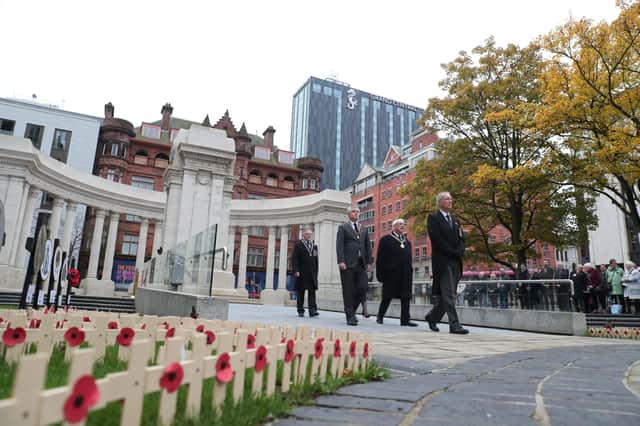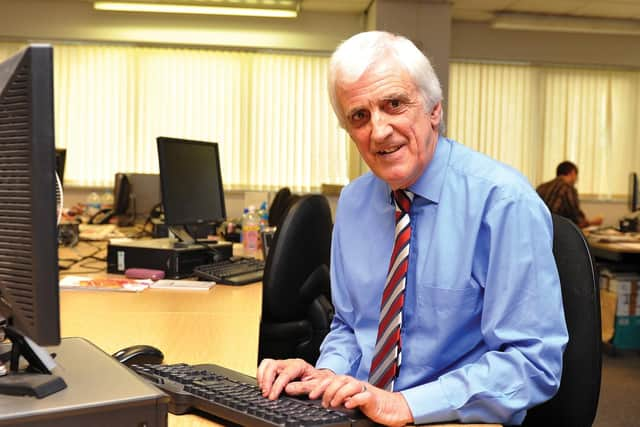Billy Kennedy: Remembrance services mark human sacrifice of the many


Commemorating the contribution of British and Commonwealth military and civilian servicemen and women has been a tradition in the UK for more than 100 years, with the Royal British Legion (RBL) playing a significant role in the organisation of services at cenotaphs, war memorials and in churches.
‘Armistice Day’ always falls on the second Sunday in November, a date which marks the anniversary of the end of hostilities in the First World War in 1918.
Advertisement
Hide AdAdvertisement
Hide AdWreaths of red remembrance poppies are laid on the memorials and two minute’s silence is held at 11am. At some locations, church bells are usually rung half-muffed, creating a sombre effect.


The British national ceremony is held in London at the Cenotaph on Whitehall. The main part of the ceremony consists of the laying of wreaths by members of the Royal family and other dignitaries. Throughout her reign, the Queen has had a constant presence at the London remembrance and, hopefully – health permitting, the 95-year-old monarch will lead the nation tomorrow. The Whitehall event consists of appropriate solemn music and a march-past by thousands of military and other units,
In Northern Ireland, the main ceremony was held at the City Hall in Belfast on Thursday (Armistice Day), when representatives of Her Majesty’s government and civic and political dignitaries observed the wreath-laying ceremonies, with clergy from the main religious denominations adding the faith dimension.
Tomorrow, several hundred memorial events will be held in other cities, towns and villages across Northern Ireland, with particular emphasis in towns like Enniskillen and Omagh, where the human scars from Irish republican terrorist atrocities are still all too obvious.
Advertisement
Hide AdAdvertisement
Hide AdThe RBL in NI plays a prominent part in the ceremonies here, with the Protestant churches, in particular, hosting full services after the observances at the war memorials. In most Protestant churches in the province, there are memorial plaques and Union standards identifying with parishioners and members of congregations who died in the world wars and in the other conflicts, many gallantly wearing the uniforms of the British regular armed services, and the RUC and UDR.